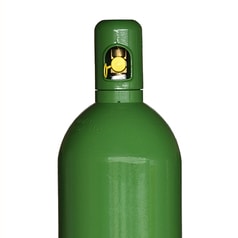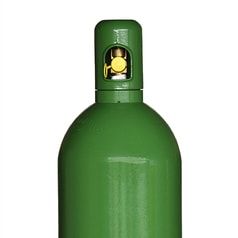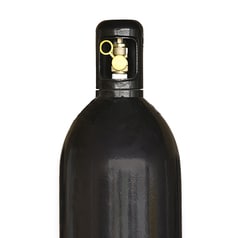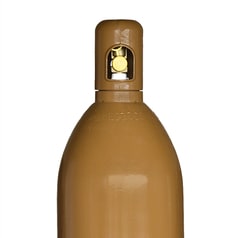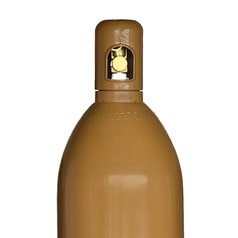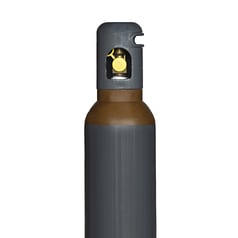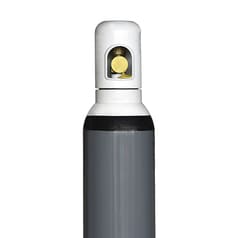Pour bénéficier d’un affichage optimal de la boutique en ligne de PanGas, vous avez besoin pour le navigateur de la version minimale suivante:
• Internet Explorer 9.0
• Mozilla Firefox 38
• Safari 8
• Chrome 45
Veuillez vous assurer que JavaScript est activé dans les paramètres de votre navigateur.
Plasma spraying
Plasma spraying uses a plasma to melt materials, which is particularly suitable for materials with a high melting point, due to the high temperature range
Applications include aerospace turbine blades, inlet surfaces and thermal barrier coatings, or implants in medical technology. The plasma is generated by an arc that burns bundled argon, helium, nitrogen, hydrogen or mixtures thereof. The gases are dissociated and ionized in the process, they reach high outflow velocities and release their thermal energy to the atomized particles during recombination. The arc is non-transitive, i.e., it burns within the plasma generator between a centrally located electrode (cathode) and the water-cooled nozzle that forms the anode. The process is applied in a normal atmosphere, in a protective gas flow, i.e. in an inert atmosphere (e.g. argon) and in vacuum.
Gases and supplies for plasma spraying
The most commonly used plasma gases are argon, helium, nitrogen, hydrogen and mixtures thereof. A special feature of plasma gases is the required purity of the gases. A minimum grade of 4.6 (99.996) is usually recommended. However, the class 5.0 (99.999) is often used. The purity of the gases and the impurities in the piping system have a very large influence on the life of the electrode pair in the burner. Therefore, great importance is attached to purity and the proper supply and design of the piping. The biggest source of impurities in the gas is improper installation, due to contaminated piping, drains and cylinder connection points that are not suitable for high purity gases. For example, a pressure regulator for connection to a cylinder must be designed so that it can be completely flushed with the process gas after a cylinder or bundle change via a blow-off line. Our experts have this know-how and will be happy to advise you.


